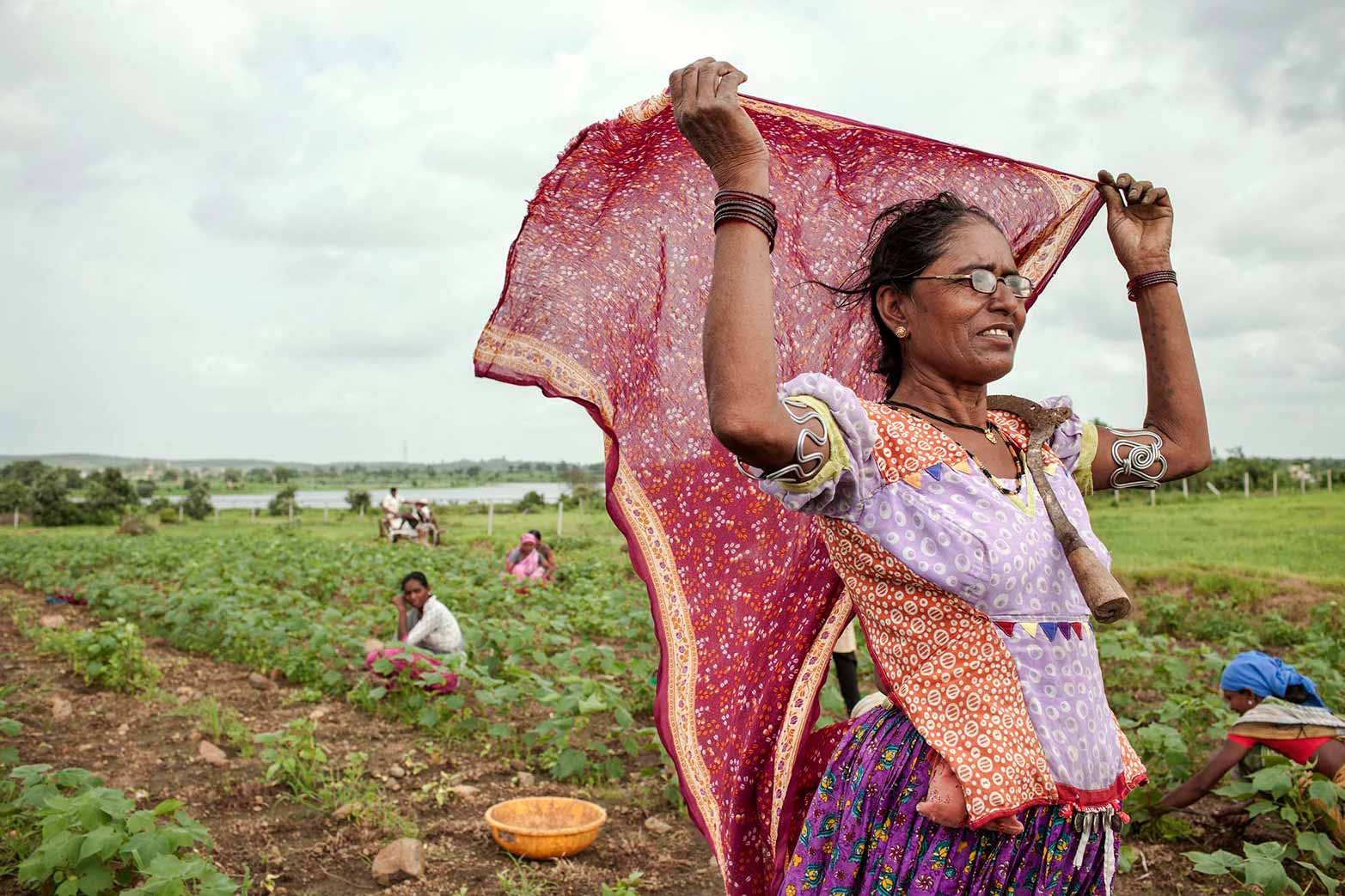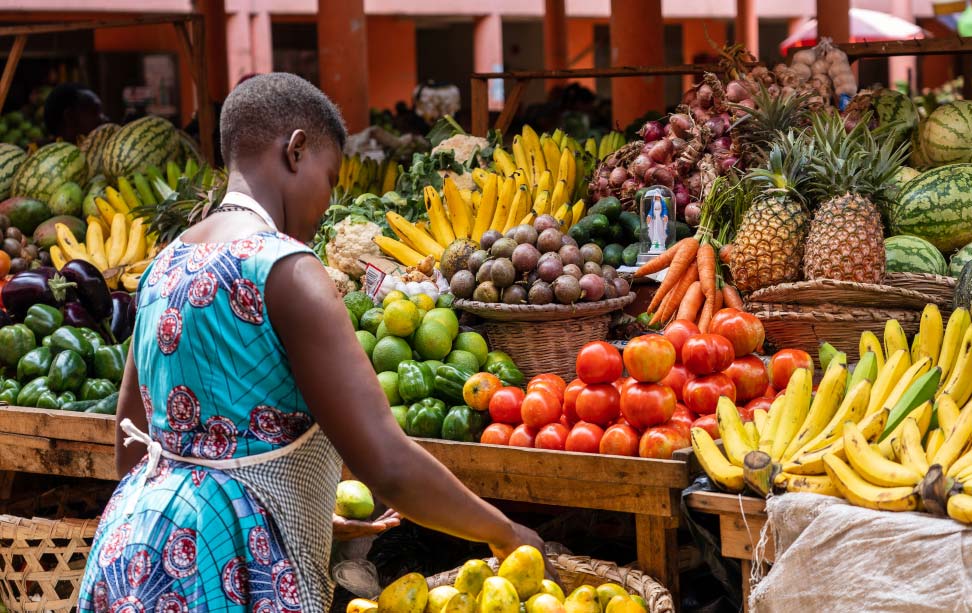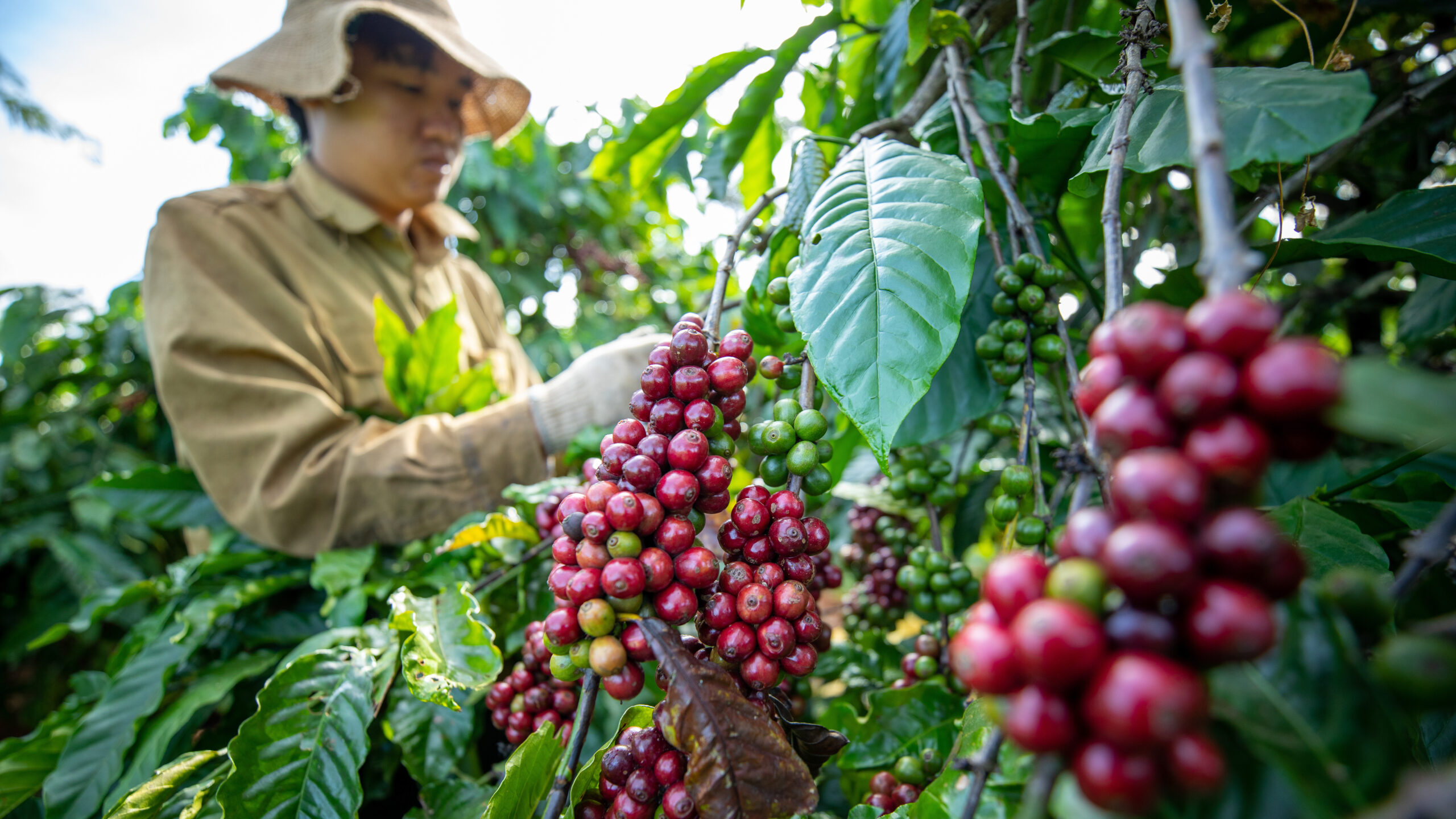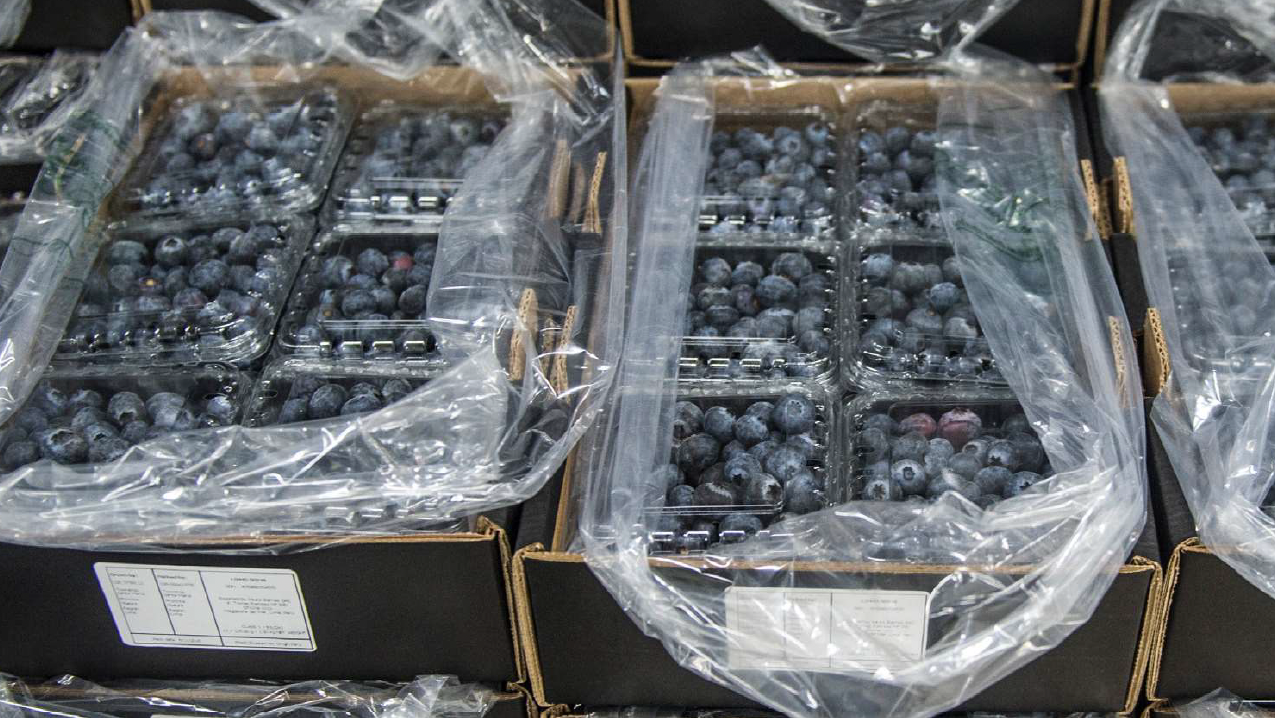What do children and teens see when they scroll through Instagram, TikTok, or YouTube? Beyond viral videos, livestreams, and influencer content, food and beverage marketing has become increasingly common on social media. Unlike traditional print or television advertisements, digital marketing is highly personalized, allowing brands to create interactive experiences that are especially appealing to young audiences. Much of this marketing is subtle, blending seamlessly into other content so that people are often targeted without being aware. As screentime surged during the COVID-19 pandemic, engagement with digital marketing increased. This trend has persisted, raising important concerns about the impact of these marketing strategies on children and adolescents.
Understanding the impacts of digital food marketing
Research consistently shows that children and adolescents are highly exposed to food marketing, which has been linked to increased preference for and consumption of unhealthy foods. Much of the existing evidence focuses on high-income countries, younger children, and traditional media.
But as digital marketing has expanded rapidly in the social media era—targeting children across age ranges—and rates of child overweight and obesity in low- and middle-income countries have risen, scholars have increasingly focused on these emerging challenges. Given this growing body of literature, we conducted a systematic review of studies published over the past 12 years related to the effects of digital food marketing on children and adolescents.
Our study, published in Current Developments in Nutrition, assessed the extent of exposure among children and adolescents, the marketing techniques used, and impacts on food behaviors. We also reviewed how governments in Latin America and the Caribbean (LAC) address challenges associated with food marketing.
Children and adolescents were found to be heavily exposed to online food marketing, with exposure increasing with age. Most food and beverage products marketed on digital platforms were highly processed and rich in unhealthy fats, sugars, and/or salt. To promote these products, brands utilized a wide range of marketing strategies. Engagement-driven techniques encourage user interaction through likes, comments, and shares, increasing visibility and audience participation. Influencer marketing is another popular strategy, in which individuals with a strong online presence collaborate with brands to promote products, leveraging their credibility and reach.
In LAC, Argentina, Brazil, Chile, Mexico, and Peru have introduced policies to regulate food marketing. The policies are generally comprehensive, covering all types of media, including websites and social media platforms. However, enforcement remains a challenge due to the nature of digital marketing, which operates across global platforms with varying regulations.
What’s still missing?
Despite the growing awareness of digital food marketing, our review highlights several evidence gaps. Accurately assessing exposure remains difficult, as most studies rely on self-reporting. Emerging artificial intelligence tools offer promising solutions to measure exposure, though such applications are still in early stages of development.
The quality of evidence on the relationship between marketing exposure and dietary behaviors is also limited. Most studies we reviewed were cross-sectional, meaning they cannot infer causality. Further, none of the studies were based on population-representative surveys, nor did they assess long-term effects. Lastly, geographic gaps remain, as no studies in our review were conducted in Africa, and only two were conducted in Asia.
Policy implications
Empirical research has shown for decades that advertisements for unhealthy foods and drinks specifically target children. Our study outlines how this problem persists in new forms in present-day digital media. Notwithstanding the evidence gaps, our findings emphasize the urgent need for stronger regulations to limit children’s exposure to digital marketing of unhealthy foods and beverages. The experiences from LAC countries offer valuable insights for the development of policies in other regions. Evidence suggests that regulations should be mandatory, as self-regulation has shown itself to not be sufficiently restrictive.
Recently, the World Health Organization (WHO) issued guidelines urging governments to implement stricter policies to protect children from harmful food marketing. Given the global nature of digital platforms, effective regulation will require collaborative efforts between countries. A comprehensive approach combining industry responsibility, regulatory measures, and consumer awareness is essential for ensuring that digital marketing contributes to healthier food choices rather than exacerbating dietary risks.
Gabriela Fretes is an Associate Research Fellow with IFPRI’s Nutrition, Diets, and Health (NDH) Unit; Jef L. Leroy is an NDH Senior Research Fellow. NDH Research Analyst Sydney Honeycutt contributed to this post. Opinions are the authors’.
This work was supported by a grant to UNICEF from Novo Nordisk. Funders were not involved in the study design, data collection, analysis, interpretation, or writing of this manuscript. Gabriela Fretes and Jef L.Leroy were supported by the CGIAR Research Initiative on Sustainable Healthy Diets through Food Systems Transformation (SHiFT).
Referenced paper:
Fretes, Gabriela; Veliz, Paula; Narvaez, Ana Maria; Williams, D’Arcy; Sibille, Romain; Arts, Maaike; and Leroy, Jef L. 2025. Digital marketing of unhealthy foods and non-alcoholic beverages to children and adolescents: A narrative review. Current Developments in Nutrition 9(2): 104545. https://doi.org/10.1016/j.cdnut.2025.104545






